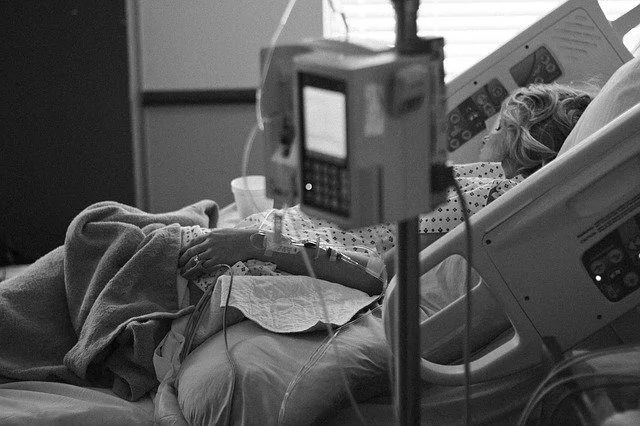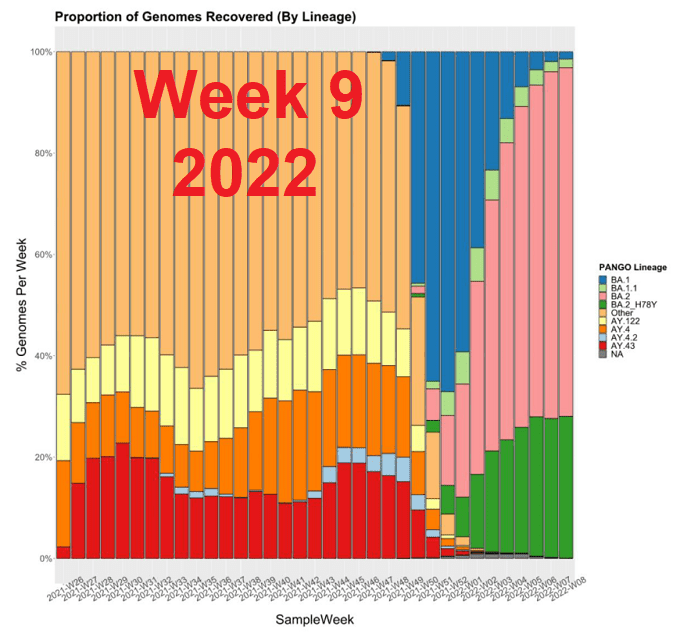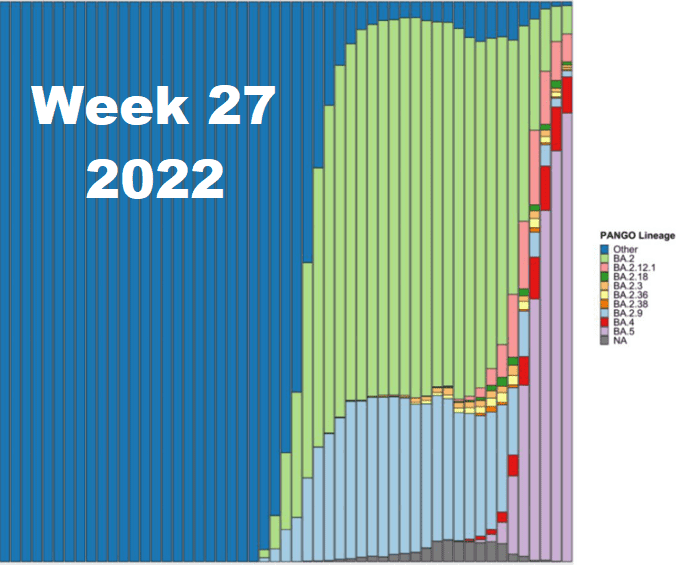
Denmark’s SSI: Even people with a very low amount of coronavirus are able to infect other household members
Impossible to set minimum limit for risk of infection
Based on laboratory studies, where Ct values are compared with the ability to grow viruses in cell cultures, several researchers have proposed a “cut-off” or a minimum limit of the Ct value of 30 for infectiousness. Thus, it was thought that people with a Ct value above 30 had such a small amount of virus in them that they did not pose any risk of infection.
However, the new study shows that it will not be possible to set a precise cut-off for infectivity. Even people with a very low amount of virus in their sample are able to infect household members with their virus. With a cut-off of 30 for infectivity, this study would not treat 42% of the original infected persons (27,937 people), thus overlooking 39% of the secondary infected household members (40,776 people).
Older people are more contagious
The study also showed that no matter how much virus the first infected person in a household had, the older the first infected person was, the more other household members became infected with SARS-CoV-2. The reason for this is not known.
This is one of the first studies to show the relationship between virus levels, measured by Ct values, age and risk of infection.





